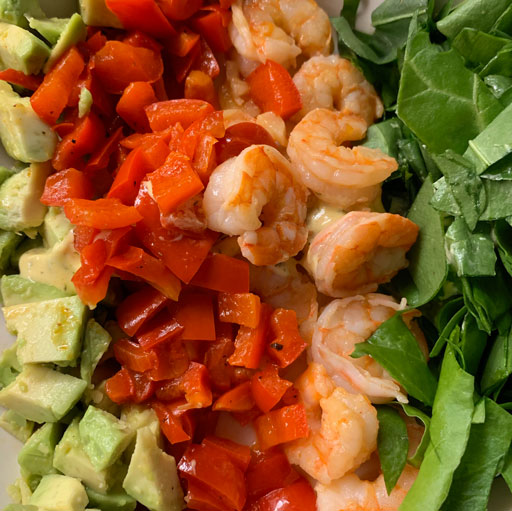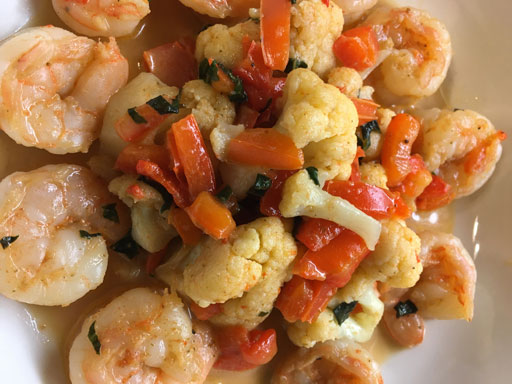
How to Peel Cooked Shrimp on Your Dinner Plate
Shrimp is the second most popular seafood in the U.S., and it happens to be my favorite seafood. I love to prepare and eat it in many different ways. There’s a video about how to peel cooked shrimps on your dinner plate below.
But first, I’lI say even though I enjoy eating it, I wish it were simpler to decide which type of shrimp to purchase. There are way too many choices at my local grocery store. They are not difficult choices, but many things to consider.
First, there is the issue of whether to buy shrimp whole or without the head.
You also have to decide whether to buy it with or without the shell, and deveined or not deveined.
You then have to consider the size and the source of the shrimp. You can buy wild caught or farm raised shrimp. You also have to consider whether to buy shrimp sourced locally, regionally, or from other countries.
And lastly, you have to consider the price. That is all over the board as well.
The seafood market indicates that farmed shrimp comes from vendors who use healthy and sustainable farming practices. But how do we know this for sure?
One of the most important considerations, I think is how much handling do you want to do before cooking it.

It is much more convenient to buy deveined shrimp without the shell, but does the extra handling take away from the quality of the product?
Tips on How to Buy Shrimp
Some experts recommend buying shrimp whole because the extra handling does results in the loss of flavor and quality.
Additionally, they suggest you can use the heads and shells to make a stock to impart additional flavor and nutrition to the dishes. I have tried preparing stock with shells a few times. It is a great way to add depth of flavor to a dish.
The following article Everything You Need To Know To Buy Better Shrimp is a great source to learn more about the factors to consider when buying shrimp. This expert recommends that unless you are sure that you are buying fresh shrimp directly from the boat, that you buy frozen shrimp.
I had not thought about it, but what the author says makes sense. All of the shrimp at the grocery store is pre-frozen, the labels usually indicate that. If when we buy it it is no longer frozen, it means that it has sat on the refrigerated case for some time. After we purchase, it may sit in our refrigerator for even more time.
Unless we are going to use shrimp the same day, it seems that it would be better to purchase it frozen.
This fact is probably true for many other proteins, but shrimp is much more fragile.
At the store, we expect to see what we are purchasing. This is the reason why the shrimp eventually ends up in less than a frozen state. However, you can ask for frozen product. Most of the time the grocer complies with your request.
How to Devein Shrimp
Use kitchen shears to devein shrimp. Cut through the shell along the middle of the top. Then cut through the exposed flesh to remove the “vein” or the digestive tract.
You could try to cut the shell and the shrimp with a knife at the same time. However, by doing this, you might cut open the vein. It is easier to remove the “vein” when it is intact.
You could also use a shrimp deveiner. This device allows you to devein, remove the shell, and butterfly the shrimp all at once. My husband uses it more than I do because I forget we have it. The link provides details, but also a video which demonstrates the use of this handy kitchen tool.

How to Peel Shrimp
I cook and serve shrimp with the shell often, but I don’t like to get my hands dirty.
For this reason, I have had a lot of practice peeling cooked shrimp using the dinner fork and knife. I hardly ever handle the shrimp with my hands while I eat it.
I use the technique which you can see on this short video titled, How to Peel Cooked Shrimp Without Getting Your Hands Dirty.
For the most part, a well-cooked shrimp will have a shell that is easy to peel off. It will not stick to the flesh as much.
The trick to have a shrimp with shells that are not stuck to the flesh is to cook it fast in high heat.
When shrimp cooks longer in low heat, the shrimp steams. This causes the shell to stick to the flesh.